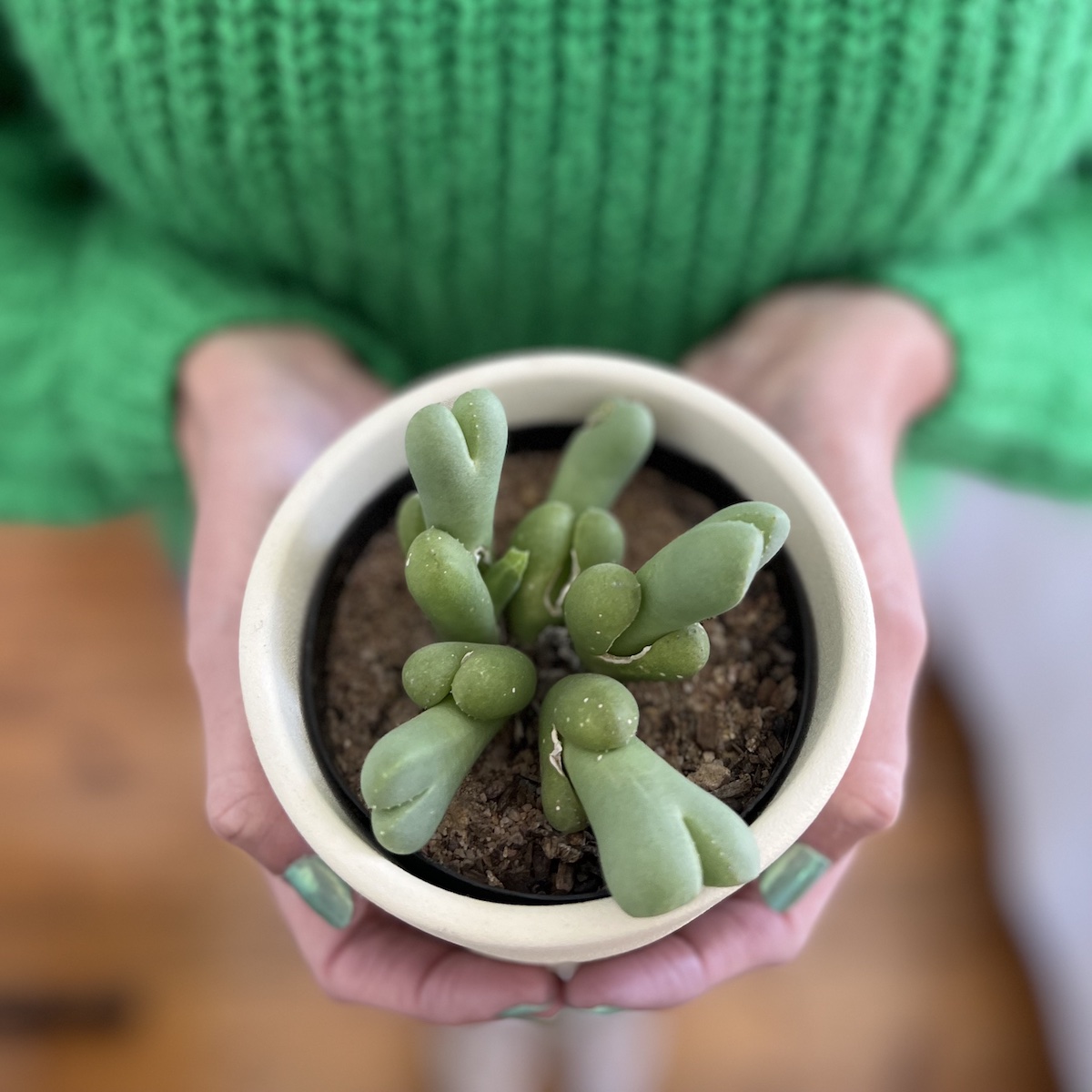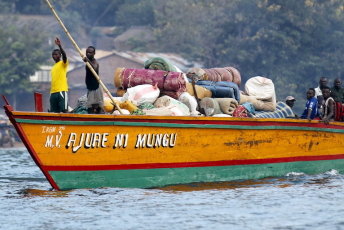Some of South Africa’s endemic succulent species are being illegally harvested to near extinction in the wild to supply the international horticultural market seeking South African plants for their beauty, rarity and often whimsical shapes.
South Africa is home to three of the world’s 36 biodiversity hotspots. One of these is the Succulent Karoo, which covers 116 000 km2 across the Western and Northern Cape provinces and across the border into Namibia.
The Succulent Karoo is the world’s most biodiverse arid region, with many of its species occurring nowhere else on Earth. It houses the planet’s largest concentration of succulents, all of which are uniquely adapted to thrive in aridity. As a staff member from the South African National Biodiversity Institute (SANBI), the country’s key conservation entity, told ENACT: ‘The Namaqualand area where these plants are being taken out … is an incredibly special biodiversity wonder.’
Despite the region’s astonishing resilience to the harsh, arid climate, the Succulent Karoo faces several human-related threats. These include climate change and habitat destruction through farming and mining activities. The region is further threatened by the increasing illegal harvesting and trade of wild plant species to supply international horticultural markets. This was first brought to the public’s attention by sporadic media articles, which have since become a weekly occurrence as suspected illegal harvesters are arrested and thousands of plants are seized.
Although already Red Listed in South Africa, many of the illegally harvested and traded plant species were recently assessed by experts and added to the global International Union for the Conservation of Nature (IUCN) Red List of Threatened Species. Multiple Succulent Karoo plant species are now classified as endangered and critically endangered – only one step away from becoming extinct in the wild, like the last two remaining northern white rhinos. Since the Succulent Karoo stretches into southern Namibia, there are also fears that Namibia’s succulents may face a similar fate.
Although not new, incidents of illegal succulent plant harvesting began to increase in 2019. So who is taking the plants? Before 2019, it was mostly foreign nationals, including from Asia and Europe, who visited South Africa and illegally harvested plants during field excursions. More recently, Saudi Arabians have also been convicted of related crimes.
A CapeNature staff member who spoke to ENACT said many of the arrested foreigners had travelled to South Africa before, and had probably plundered plants in other countries, so were likely repeat offenders of biodiversity crimes. One South Korean man was arrested in South Africa for being in possession of over 2 018 plants. After his conviction, he was extradited to the United States (US) and convicted of similar offences related to illegally harvested cacti species.
But, as a SANBI staff member told ENACT, ‘then COVID hit and it just sort of exploded.’ Locals became the primary harvesters. This is possibly due to COVID-19 travel restrictions that prevented foreigners from travelling to South Africa, but almost certainly due to poverty and limited socio-economic and employment opportunities afforded to locals from the Succulent Karoo region. It also transferred the risk of being apprehended to the local harvesters.
Key consumer markets for succulents include countries in Asia and Europe, and the US. While more research is needed to fully understand the drivers of demand for specific species, it is suggested that global demand exceeds legal supply, thereby prompting illegal harvesting of wild plants to supplement the shortfall. Scientists suspect that the recent spike in illegal harvesting has been driven by the emerging market in Southeast Asia.
Worryingly, illegal harvesting is also driven by demand from serious plant collectors for bigger, and by default older, plants. These would take too long to grow under cultivation and can therefore often only be sourced from the wild. This is evidenced by seized plants estimated to be hundreds of years old.
What is the impact of having gaping holes in the ground where little wonders used to be? Apart from the immediate loss of endemic species and biodiversity, and the habitat destruction caused at harvesting sites, the truth is that we don’t know. Each individual succulent species’ role in the ecosystem has not yet been studied.
And now there are fewer specimens left to study. It is likely that the impact of losing these plants will only become apparent over time and that the fragile arid ecosystem will change as it is degraded by succulent fortune seekers. When harvesters destroy the soil, they contribute to erosion. They also break rocks where some of the succulent species grow. These rocks are home to other species of plants, insects and reptiles.
Considering current seizure data, it appears that market trends shift rapidly. According to SANBI, this discovery could show that demand for certain species may have been met by poached stock, and that plant smuggling networks are now seeking new, interesting plants that aren’t yet widely available on the international market.
Multiple seizures in South Africa also show that law enforcement agencies recognise the seriousness of this crime. But, as is the case across many organised crime types, law enforcement is still on the back foot in reacting to continually evolving trends.
Because illegal harvesting and trade increased exponentially in a short period, South Africa’s policy and regulatory frameworks do not yet provide the necessary safeguards to effectively protect most of the targeted species from illegal harvesting and trade. This is also why a timely response is required before more wild populations disappear.
Encouragingly, the seeds have been sown for a holistic, multistakeholder intervention. In response to the increase in illegal succulent harvesting, a group of public and private stakeholders, led by the Department of Forestry, Fisheries and the Environment, SANBI and the World Wide Fund for Nature, developed the National Response Strategy and Action Plan to address the Illegal Trade in South African Succulent Flora, which was launched in February 2022.
If the strategy’s objectives are successfully achieved, it could safeguard threatened species and provide income potential through legal trade. It may also serve as a blueprint for preventative, holistic and multistakeholder responses to transnational organised crimes targeting natural resources – as evidenced by the similar multistakeholder strategy now being planned for abalone poaching.
Dr Carina Bruwer, Senior Researcher, Southern Africa, ENACT, ISS









